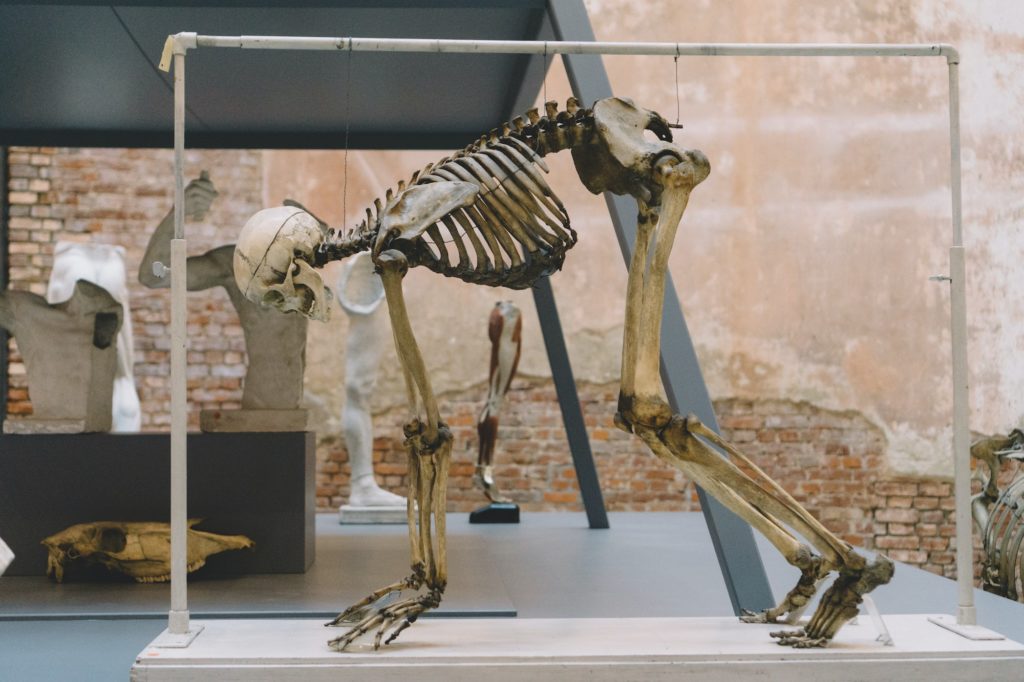I’m sure most of the words doctors use are confusing to the average person but orthopedic terminology is even more confusing.
To ease communication, there are words commonly used in orthopedic circles that doctors do not realize won’t appear in a google search or a Merriam-Webster dictionary. Though it is easy to forget, it still qualifies as medical jargon.
In this article, we will go over a few of the common orthopedic surgery words used in orthopedics to give you more familiarity with them.
Fracture
A fracture is a broken bone
Dislocation
A dislocation is a joint that is out of its normal place.
Orthopedic operations
Plating of a bone
Plating is the surgical procedure of placing a plate on the bone. Orthopedic surgeons use small metallic sheets of plate to fix and hold broken bones.
This is one of the most common orthopedic procedures around the world. The plate is placed on the broken bone and held in place with screws.
Do you need to see a paediatric orthopaedic surgeon?
Nailing of a bone
Nailing refers to the introduction of a metallic rod inside the bone canal. Nailing is done for long bones or bones that have a tube-like shape.
A nail can be introduced on its own but in most cases, a nail will be introduced and secured with screws.
Reduction of a fracture or a dislocation
Reduction refers to the process of manipulating and setting a broken bone or joint back into a normal position to achieve a correct anatomical or close to an approximate of the normal anatomical position.
Reduction is not technically a surgical procedure because no incision is made on the skin. Reduction procedures are painful and based on how much deformity is in the bone, you may need anesthesia to have this procedure done.
Types of reduction
- Closed reduction. Manipulation of a bone is done without making any cut on the skin to see the fracture.
- Open reduction. Open reduction involves making an incision to directly visualize the fracture as it is being set back into normal position.
Pinning of bones
Pinning refers to the use of pins to hold a bone. These pins are known as k-wires in the orthopedic world.
Pinning is very commonly done in children and rarely is pinning done as a stand-alone procedure in adults.
Exfix
An exfix in full is an external fixator. As the name states, an external fixator is an external device used to hold bone.
The set up of an external fixator varies on the different make of the fixator but the external device will be a bar(s) or a ring and this will be connected to pins that are connected to your bone.
Joint aspiration
Joint aspiration refers to the drawing of fluid from any joint. the fluid can be blood as a result of an injury, pus in the joint as a result of an infection, or just lots of normal joint fluid.
Different bones in the body
Clavicle
The collar bone.
Scapular
The wing bone.
Humerus
the bone in the rm
Radius and ulna
The two bones in the forearm
Metacarpals
the long bones in the palm
carpals
The small bones in the palm of your hand near the wrist.
Phalanges
The bones in your fingers or in the toes.

Femur
The thigh bone
Patella
The knee cap at the front of the knee
Meniscus
These are disc-shaped cartilage structures found inside the knee that act a shock absorbers when we walk or run.
Tibia
The big bone in the leg
Fibula
The smaller bone in the leg
Tarsals
The small bones in the foot
Metatarsals
The small tubular bones in the foot. these are like the metacarpals.
Cervical spine
The part of the backbone in the neck
Thoracic spine
The part of the backbone behind the chest
Lumbar spine
The part of the backbone on the lower back
Sacrum
The part of the backbone connected to the pelvis
Coccyx
The small bit of bone at the end of the backbone.
Different kinds of movement
Abduction
This is a movement where a part of the body like an arm or leg is moved away from the center of the body forexample when you move your legs apart to squat or straddle a chair, the process of moving the legs apart is called abduction.
Adduction
Adduction refers to the movement of a body part toward the center. like when you swing your leg over the other to sit cross-legged, that movement is called adduction.
Flexion.
The bending of a joint is called flexion
Extension
Straightening of a joint is called extension like you straighten out your arms or legs.
In conclusion, there are so many complex terms in orthopedics but what you will hear the most are the terms mentioned above.
